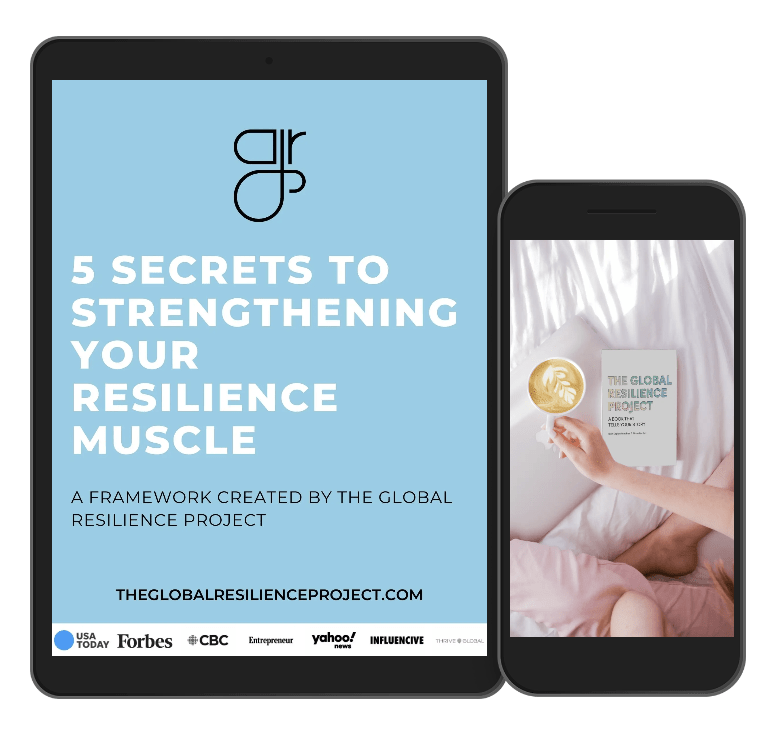All humans are filled with stories and experiences that range the full spectrum of feelings. Sharing one’s story can be healing and cathartic. That being said, storytelling can also feel vulnerable, and scary.
Important things to consider when telling your story include:
- Who are you telling the story for?
- What is the intention behind sharing your story?
- How sharing your story will make you feel?
We, at I Am Resilient, have been accepting stories from around the world for over a year now and are about to embark on creating our first published book. We are continuing to accept stories to share with our community, and want to help you in gaining confidence and support in sharing your story.

Here are some ways that you can practice sharing your story:
Journaling. Journaling can be intimate and private. A technique used in different forms of therapy, and writing, journaling can be a place to express yourself freely and authentically.
Audio record. Audio recording can be another unedited capture of your story. Through audio, you can convey different emotions through tone of voice, the volume of voice, and intonation, that may not be captured in writing.
Art Expression. Through different forms of art, whether it be drawing, collaging, or any other form that you are called to is another way to share your story. Some people speak the language of art and feel like it can be much easier to express themselves through this outlet of therapeutic creativity.
Music. Through composing the music behind a song, or writing lyrics to a song, music is another form of creative expression as a way to tell your story. Many songs that have been popular over the years have been an expression in storytelling.
Video. Similar to audio recording, video recording yourself sharing your story can be another authentic and raw way of expressing yourself. In addition to the benefits of audio recording, video recording also conveys the micro-feelings captured through body language and expression.
You can read the stories that have been published on our website and we would be honoured if you shared your story with our community. You are invited to submit your story to us through our fillable form at www.iamresilient.info/submit.
Written by Alana Kaplan, Project Manager for the I Am Resilient Project.

